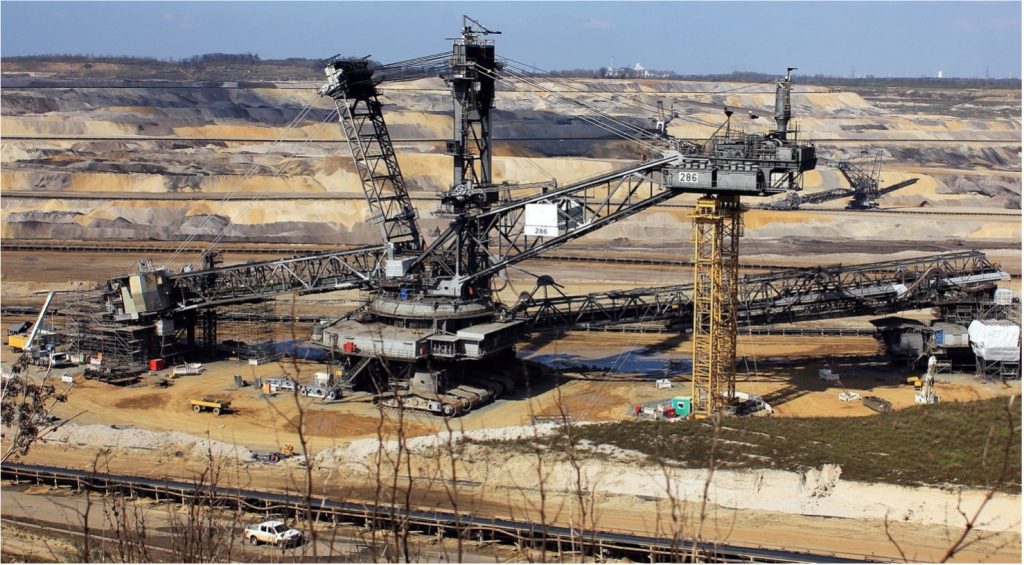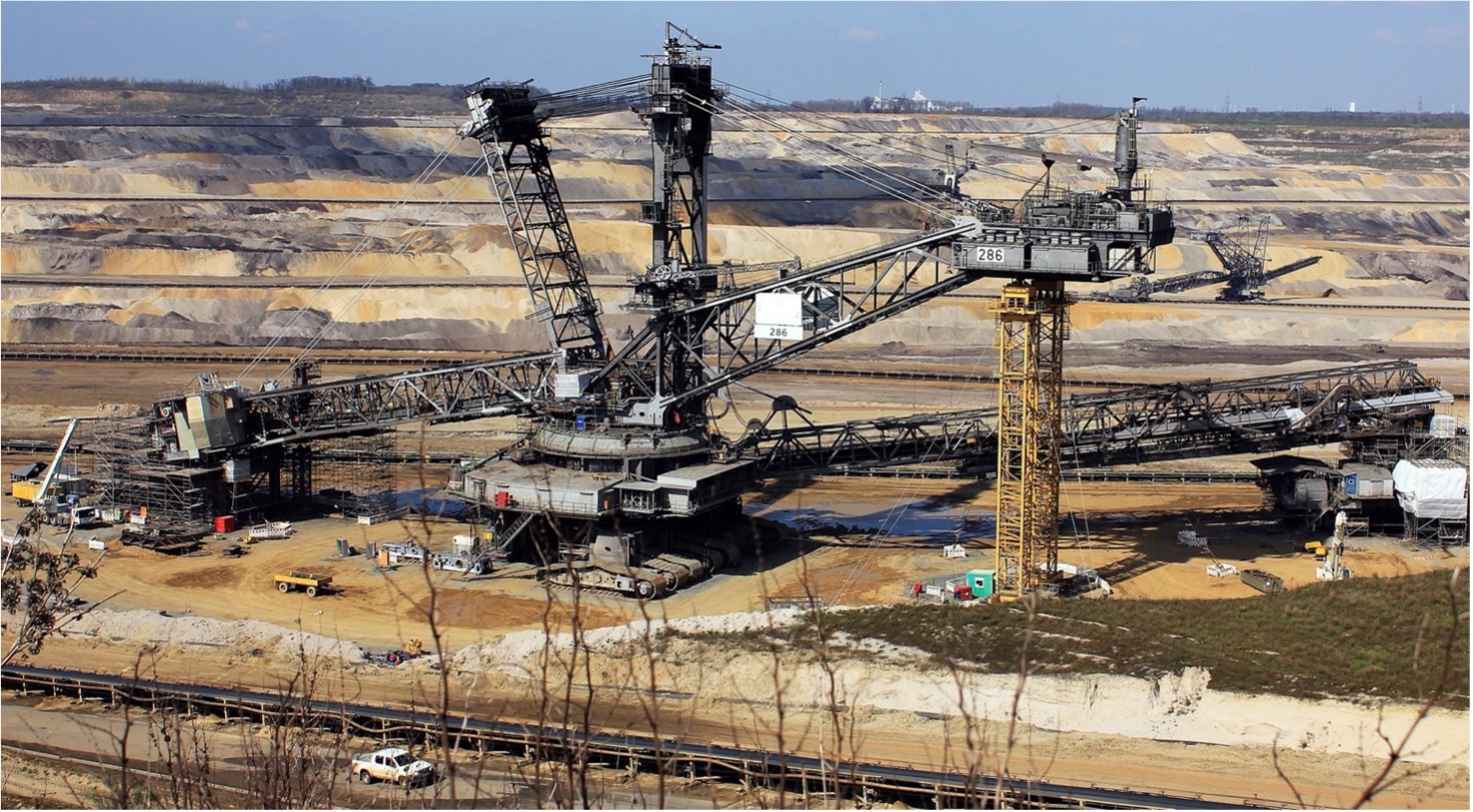Authors: Riccardo Bosticco, Miguel Jimenez and Michele Mignogna.
Introduction
As the energy transition is one of our age's greatest challenges, developments in this direction are likely to exert notable impacts on broader international political and economic processes. In the European Union (EU) case, Russia’s war on Ukraine has taught the importance of avoiding dangerous dependencies and adapting to an increasingly conflictive world. The EU wants to achieve Open Strategic Autonomy (OSA) for this purpose. Moreover, this is of particular significance to understanding the EU’s policy on Critical Raw Materials (CRMs). Thus, this article explains the EU’s approach to CRMs and its connection to the concept of OSA.
The CRMs Landscape
CRMs are crucial materials for the construction of wind turbines and solar panels, batteries for electric storage and cars and the development of technologies for digitalisation. The energy transition cannot be achieved without their availability. Among them, some of the most familiar are lithium, cobalt, platinum, and tungsten, yet the latest Act by the European Commission identifies around 30. A distinctive feature of CRMs is their limited and concentrated supply. According to the forecasts of the International Energy Agency, the net-zero equation will be solved with renewables such as wind and solar, predicted to account for 70% of power generation by 2050. Those countries where these materials are abundant would become green-commodity superpowers. Indeed, by 2040, those nations could pocket an estimated annual revenue of $1.2trn. CRMs share some features with fossil fuels. They are unevenly distributed. For instance, one-half of the world’s cobalt supply is located in the Democratic Republic of the Congo alone, South Africa possesses around 40% of the world’s manganese, while lithium is heavily concentrated in Chile, Argentina and Australia. Secondly, this endowment is mostly located in recognised autocracies, making them uncertain suppliers considering the instability of this type of governments. If there is one country which is way ahead in the race, not only in terms of being the major source to many of them but also by controlling 80% of the processing capacity, that is China. The current arm-wrestling with Russia has made EU countries aware of the vulnerabilities of relying on external sources for indispensable materials in the future. Thus, they have deployed measures to decrease dependency on China for these materials, which currently satisfies 98% of the demand for rare earth permanent magnets, a subcategory of rare earths.
The EU’s Approach to CRMs
After the experience of the European Battery Alliance (EBA), in September 2020, European Commission Vice President Šefčovič and Commissioner Breton launched the European Raw Materials Alliance (ERMA) as part of theAction Plan on Critical Raw Materials. The alliance aims to secure access to CRMs, advanced materials, and processing know-how for EU industrial ecosystems. Equally to the EBA, the ERMA involves relevant industries along the CRMs value chain, Member States and regions, trade unions, research and technology organisations, investors, and NGOs. To better understand the EU’s approach to CRMs, it is helpful to look at previous policy inputs by the EU in this field. In 2008, the European Parliament (EP) resolution on trade in raw materials and commodities made the point that access to raw materials is vital for the EU economy and highlighted the minor involvement of European industries in the exploration of such materials in third countries. The same year, the Raw Materials Initiative proposed an integrated strategy based on ensuring access, proper framework conditions to guarantee supplies, and resource efficiency to reduce consumption and dependencies. Later resolutions extended the actors involved, including the European External Action Service and other relevant stakeholders, to engage in resource diplomacy. In February 2012, a European Innovation Partnership on Raw Materials proposal was published. It expressed the need to create a “critical mass towards the single objective of ensuring sustainable access to raw materials” by stimulating synergies between different policy instruments and Member States. Moreover, the Communication on CRMs Resilience stressed the strategic priority of securing CRMs and acknowledged their relevance to achieving open strategic autonomy. Hence, ERMA was given birth to create synergies among European CRMs stakeholders to address concentrated global markets, overcome technical barriers to investments and innovations, and ensure public awareness and policy acceptance, thus making the EU autonomous and strategic in this sector. While designing the ERMA’s role, the Commission Staff Working Document on Strategic Dependencies and Capacities indicated its purposes to create resilient value chains and investment pipelines, identify mining and investment projects and facilitate contacts with investors to compete on global markets. Yet, such developments have to be analysed in the cadre of overall EU policy directions, and for this purpose, the concept of OSA needs further discussion.

Expanding Horizons: the EU Open Strategic Autonomy
The debate on the EU’s strategic autonomy has been central in the agenda of the EU’s institutions since the 2010s. As the 2016 Council defined it, strategic autonomy is “the capacity to act autonomously when and where necessary and with partners wherever possible”. In 2022, the EP has been more specific by stating that “the EU strategic autonomy refers to the capacity of the EU to act autonomously – that is, without being dependent on other countries – in strategically important policy areas [which] range from defence policy to the economy, and the capacity to uphold democratic values.” Notably, strategic autonomy expands well beyond the military and defence, with an increasing number of strategic sectors identified, and it has now evolved into the concept of Open Strategic Autonomy. As Josep Borrell has observed, after Covid-19, “strategic autonomy has been widened to new subjects of an economic and technological nature". In a recent study by the EP, OSA is defined as “the ability to act autonomously, to rely on one’s own resources in key strategic areas and to cooperate with partners whenever needed”. Specifically, the new concept deals with emerging challenges and future chances, encompassing five dimensions and looking at them holistically: geopolitics, technology, economy, environment, and society. OSA drives the EU to be economically and geopolitically stronger by reinforcing its economic assets and industries. It strengthens the international role of the Euro to sustain the economy, finance the recovery from the crisis, and stay competitive and connected to the rest of the world. It makes the EU sustainable and responsible by solidifying existing alliances, cooperating with like-minded partners, and increasing its internal political cohesion to lead the construction of a greener and more equitable society. It aspires to act assertively against unfair trade practices, keeping its liberal soul by favouring global cooperation and multilateralism to address complex issues. In this view, the trade dimension of OSA focuses on supply chain resilience and sustainability. For instance, it might encompass the repatriation of strategic industries back to the EU or reshoring. Yet, this should not mean that international trade or partnerships would be jeopardised. It gives the opportunity to act more assertively by choosing trade partners more selectively without losing normative ambitions to fight for a healthier society and environment. Moreover, it requires the EU to avoid past misunderstandings, for instance, by reducing its vulnerability to external sources of supply. As argued by Vice-President Maroš Šefčovič at the Raw Materials Security of Europe Conference, this is exactly the case with CMRs.
Conclusion
Global economic developments challenge the ambitions of the EU. Indeed, the prior balance between interdependence and autonomy is being rearranged as a result of structural shifts in the global economy and world order. Some have identified such developments as a geoeconomic turn, namely a shift away from the liberal international order. With a particular focus on a crucial sector at the heart of the green transition, this article has outlined how the EU is trying to adapt to the challenge of a changing environment. As it has demonstrated, the EU looks like it cannot rely on market forces anymore. If this is the case, as the flourishing literature on geoeconomics suggests, then the next challenge for the EU will be to act cohesively and effectively on the global ground without losing its market competitiveness.
